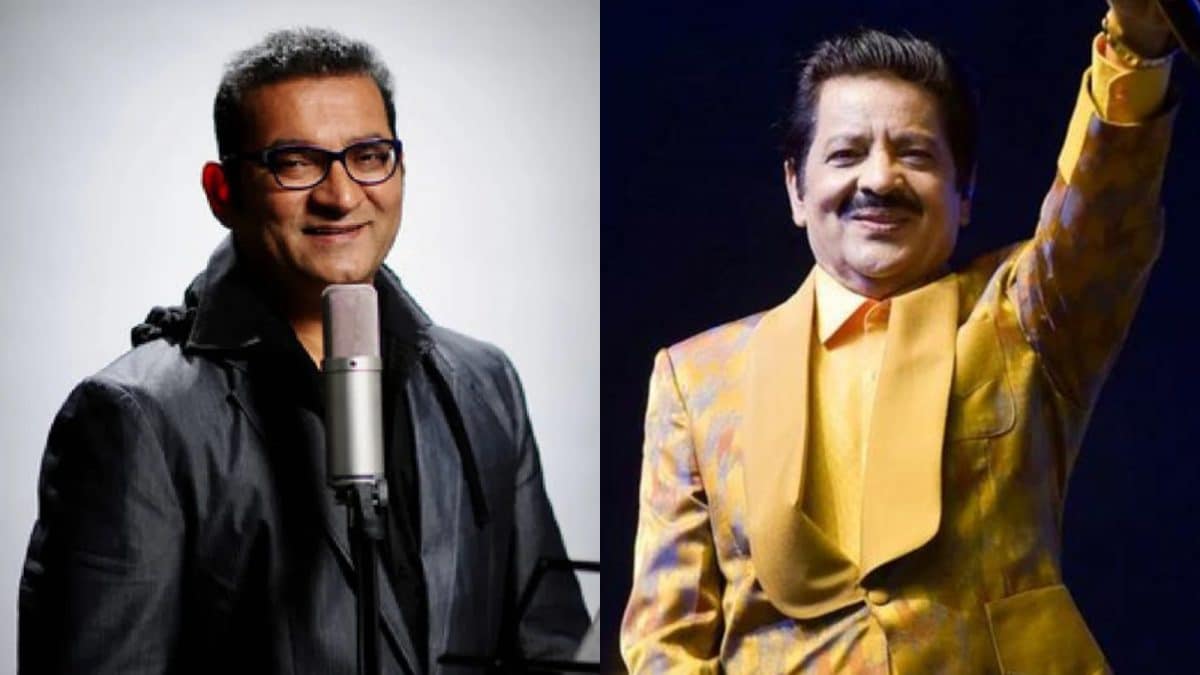 |
|
The recent controversy surrounding Udit Narayan, a veteran Indian playback singer, involving videos showing him kissing female fans, has sparked widespread debate and divided public opinion. While some condemn his actions as inappropriate and unprofessional, others defend him, claiming the interactions were consensual and a result of enthusiastic fan interactions. This incident highlights the complex dynamics between celebrities and their fans, and the blurred lines between acceptable public displays of affection and potentially exploitative behavior. The incident, widely circulated on social media, shows Udit Narayan engaging in several kisses with fans who approached him during a performance. The videos quickly went viral, generating a torrent of comments, both critical and supportive. The criticism often focused on the power imbalance inherent in the celebrity-fan relationship, with concerns raised about the potential for exploitation and the normalization of unwanted physical contact.
Adding another layer to this complex situation is the statement made by fellow singer Abhijeet Bhattacharya, who came to Udit Narayan's defense. Bhattacharya, known for his outspoken nature, asserted that such incidents are common among singers, particularly during high-energy performances where enthusiastic fans might get carried away. He recalled a personal anecdote from his early career where he experienced a similar situation, being kissed numerous times by fans during a South African concert, even in the presence of legendary singer Lata Mangeshkar. This recollection served to contextualize Udit Narayan's situation, suggesting that it might be an occupational hazard of sorts, though not necessarily justifying the actions.
Bhattacharya's defense, however, also raises questions about the industry's responsibility to protect its artists and maintain appropriate boundaries with fans. His description of fans “tearing clothes apart” if not properly guarded points towards a significant safety concern that perhaps needs greater attention. The lack of sufficient security at the event is implied. The point Bhattacharya is making is that such incidents may stem from a lack of sufficient crowd control and a breakdown in safety protocols, rather than necessarily deliberate actions on the part of the performer. This perspective shifts the focus from solely blaming the celebrity to also considering the role of event organizers and security personnel in preventing such incidents from occurring.
Udit Narayan himself responded to the controversy, acknowledging the passionate nature of his fans and describing the interactions as expressions of their love and admiration. He emphasized his and his colleagues' inherent decency and implied that such incidents are part and parcel of interacting with very enthusiastic fans. He explained the kisses as instances of fans getting carried away in expressing their emotions, such as kissing his hands. This response reflects a common sentiment among celebrities who face similar situations, seeking to frame the interactions as positive expressions of fan devotion, even when they might be perceived negatively by some segments of the public.
The incident involving Udit Narayan underscores the need for clearer guidelines and protocols within the entertainment industry to manage fan interactions and ensure the safety and well-being of both performers and fans. While passionate fan interactions are a common part of the celebrity experience, it's crucial to establish boundaries that respect individual limits and prevent situations that could be interpreted as inappropriate or even exploitative. Open dialogues, better security measures, and improved fan management strategies are all crucial steps towards preventing similar occurrences in the future and ensuring a respectful and safe environment for both artists and fans. The incident serves as a case study on how easily an event can be misinterpreted depending on perspectives and how important effective communication is to managing expectations.
Ultimately, the controversy surrounding Udit Narayan’s actions highlights a larger discussion surrounding celebrity culture, consent, and the ethical considerations of interactions between public figures and their fans. Whether the interactions were consensual or not is a matter of perspective and interpretation, with some defending Udit’s actions as spontaneous expressions of fan enthusiasm and others criticizing them as potentially unprofessional and inappropriate. However, regardless of individual perspectives, the incident underscores the need for a more nuanced approach to handling such situations, focusing not only on the actions of the celebrity but also on the responsibility of the industry as a whole in creating safe and respectful environments for both artists and fans.
